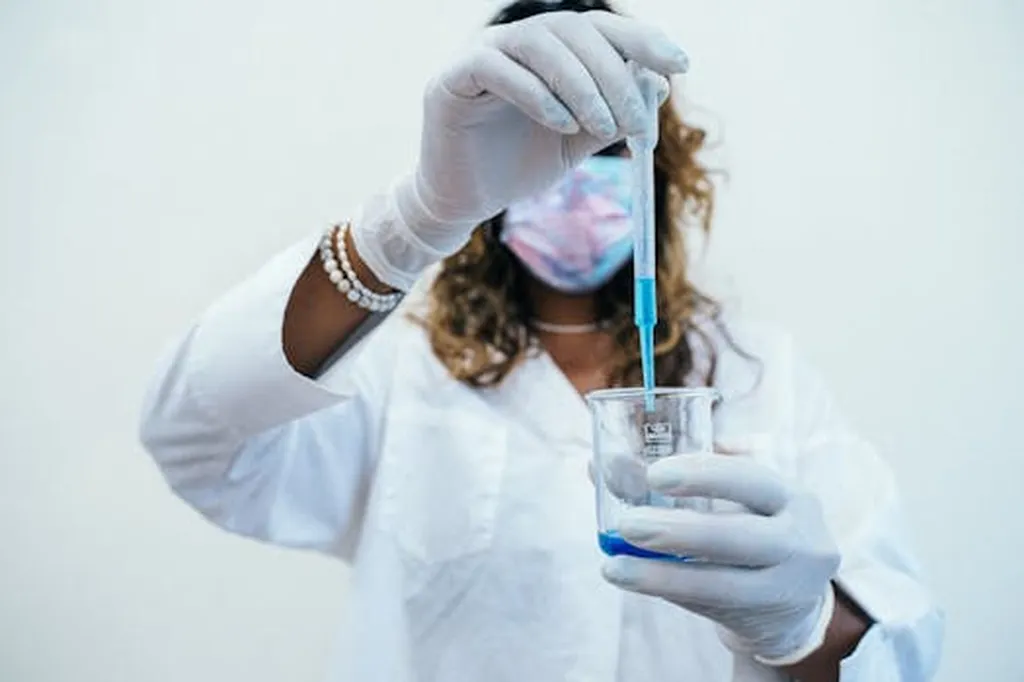In the ever-evolving world of dental implants, a groundbreaking study led by Dr. Jung-Tae Lee from the Department of Periodontics at Seoul National University Dental Hospital has introduced a promising new technique that could significantly enhance implant success rates. Published in the journal *Discover Nano* (which translates to *Exploring the Nano* in English), the research focuses on a novel laser-induced single-step coating (LISSC) method that applies a nano/micro-assembled hydroxyapatite (HA) structure to dental implants, aiming to improve their integration with bone.
Dental implants have long been a game-changer for patients needing tooth replacements, but their success hinges on effective osseointegration—the process by which the implant fuses with the surrounding bone. Traditional implant surfaces, such as machined (MA), sandblasted large-grit acid-etched (SLA), and resorbable blasting media (RBM), have shown varying degrees of success. However, Dr. Lee’s study suggests that HA-coated implants produced via the LISSC method could outperform these conventional surfaces.
The research involved both in vitro (lab-based) and in vivo (animal-based) experiments. In vitro analyses revealed that the HA-coated implants exhibited superior surface roughness and wettability compared to the other implant types, which are critical factors for promoting cell attachment and bone growth. “Surface characteristics play a pivotal role in the initial stages of osseointegration,” Dr. Lee explained. “Our findings indicate that the HA-coated implants provide an optimal environment for cell adhesion and proliferation.”
In the in vivo experiments, twelve rabbits and two beagle dogs were used to evaluate the implants over different time periods. The results were promising. While initial bone volume (BV) and bone-to-implant contact (BIC) percentages varied among the implant types, the HA-coated implants showed the most significant improvements over time. By six weeks, the HA-coated implants had surpassed the other groups in both BV and BIC, indicating enhanced bone integration.
Dr. Lee’s study also measured the implant stability quotient (ISQ), a critical indicator of implant success. The ISQ values increased across all implant types from the postoperative period to the final evaluation, with the HA-coated implants demonstrating superior stability compared to SLA implants in the beagle dogs after 12 weeks.
The implications of this research are substantial for the dental implant industry. If the LISSC method can be successfully translated to clinical practice, it could lead to higher success rates and faster healing times for patients. “This technology has the potential to revolutionize dental implant treatments,” Dr. Lee noted. “By enhancing osseointegration, we can improve patient outcomes and reduce the risk of implant failure.”
The study’s findings were published in *Discover Nano*, a journal dedicated to exploring advancements in nanotechnology and its applications. As the field of dental implants continues to evolve, innovations like the LISSC method could pave the way for more effective and efficient treatments, ultimately benefiting patients worldwide.

